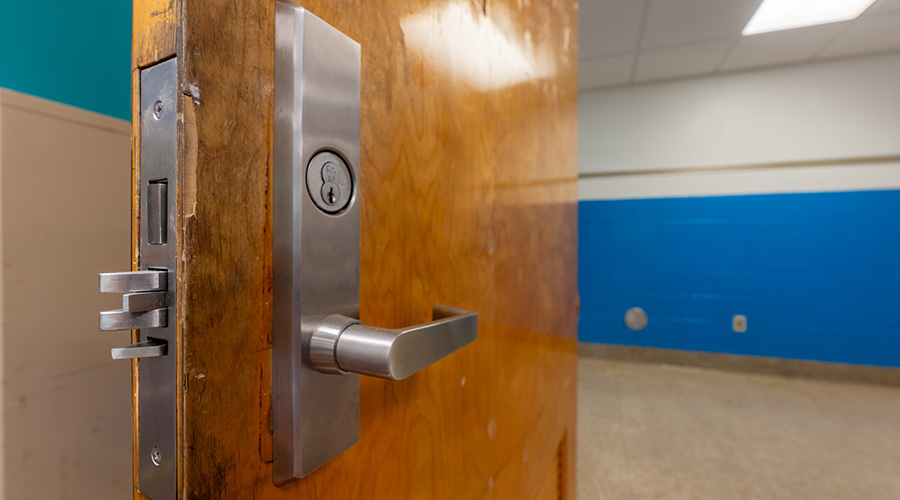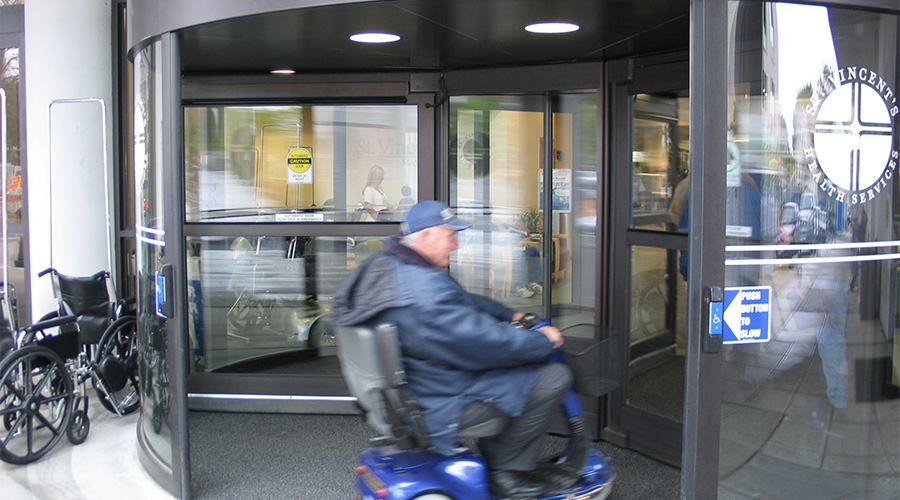Door Hardware Projects Require Knowledge of Inspection Codes
For doors and door hardware in institutional and commercial facilities to operate as designed, they have to withstand high levels of use and, in some cases, abuse. To achieve this goal and provide desired levels of performance and safety, maintenance and engineering managers need to develop and implement an inspection program that targets doors and door hardware, including closers, operators, hinges, handles, and emergency hardware.
By understanding recent changes in standards governing door hardware, including NFPA 80 and locating common trouble spots related to doors and hardware, managers can effectively tailor an annual door-inspection program to meet facility needs.
Code considerations
The best place to start in developing and updating an inspection program for door hardware is with a review of essential codes and standards.
NFPA 80 2013, Standard for Fire Doors and Other Opening Protectives, expands fire door and fire window record requirements. Since the NFPA 80 annual inspection requirement was introduced in 2007, facilities have had to keep records showing the authority having jurisdiction (AHJ) that an inspection has taken place.
New with the standard's 2013 update is the requirement for specific and more complete information that constitutes proper documentation and retention. For example, the period of retention now is specified as three years, and the medium, whether paper or electronic, must survive the retention period.
Further examples of additional information that must be collected include: date inspected; name of facility; address of facility; name of person or persons performing the inspection and testing; the inspecting company's name and address; the signature of the inspector; and the type and description of each fire door inspected.
Other code bodies managers need to monitor include ASTM International — formerly American Society for Testing and Materials — which establishes test methods, guidelines, and installation standards for all materials, including glass and other window and door components.
ANSI/BHMA released three new standards for 2013:
- A156.1 evaluates adjustable hinges.
- A156.12 gives new tests for operating deadbolts by cylinder.
- A156.14 adds requirements for heavier folding doors for light-commercial applications.
UL 325-2010 covers door operators produced after 2010 and provides for enhanced safety, such as continuously monitoring photo-sensors.
While not required by law, door operators must be UL tested and approved to bear the UL label. Other regulating bodies, including the Builders Hardware Manufacturers Association (BHMA), also require testing and approval before using their labels. Looking for components with approved labels is a way to ensure the applicability of door hardware components for specific purposes.
Related Topics:













